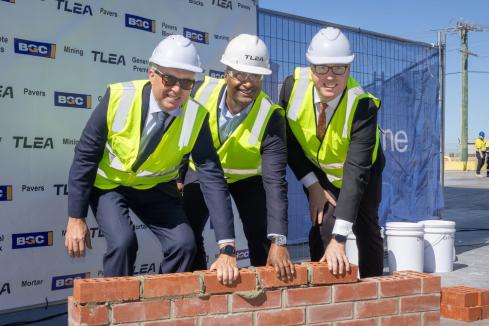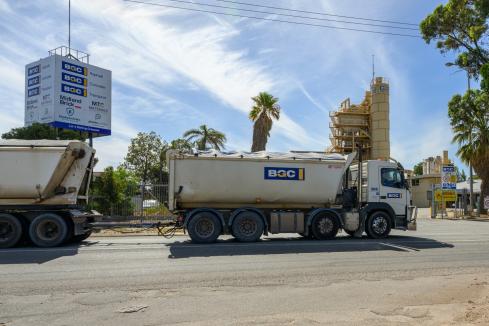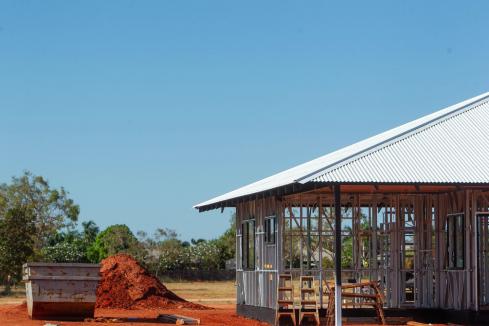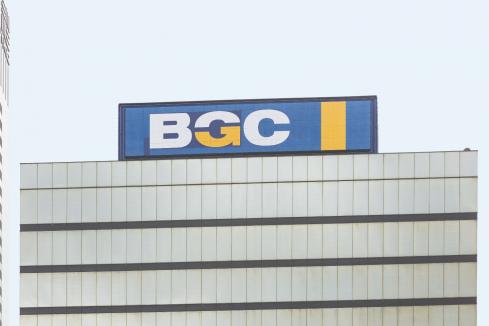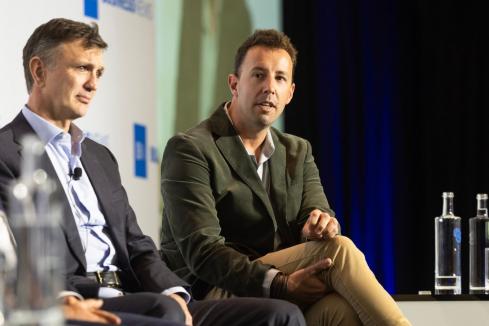BGC’s vertically integrated structure is unlike any other business in Australia and will narrow the field of potential buyers.

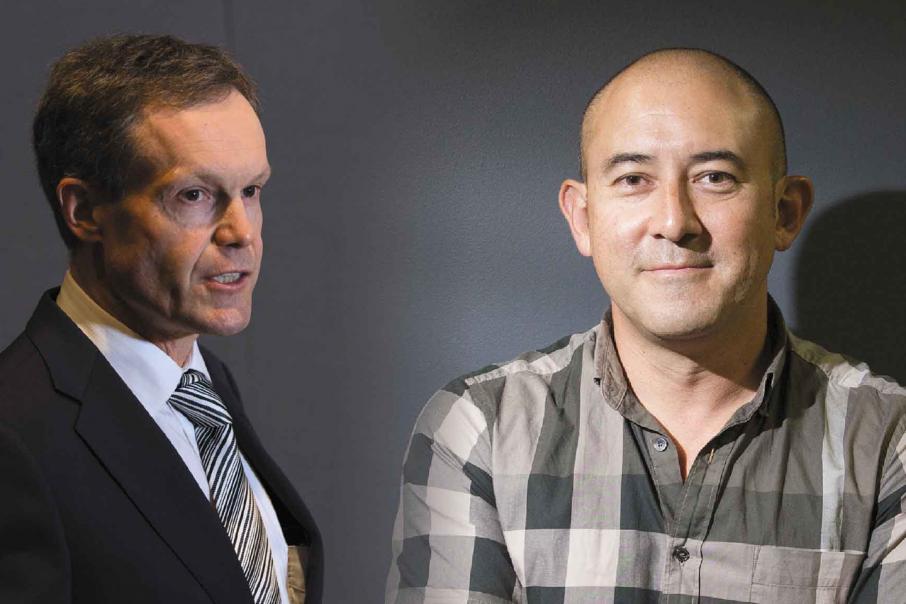
When BGC Australia director Sam Buckeridge announced last month his extended family had agreed to sell their sprawling operation, it opened up one of Western Australia’s most intriguing business sales.
The late Len Buckeridge built BGC over a period of 50 years into one of the country’s largest private companies, with annual turnover of more than $2.5 billion.
It also has a strong pipeline of long-term work valued at more than $2.7 billion, according to a statement the company posted on its website last week.
Not only is BGC a very large business, it has a unique vertically integrated structure.
It owns a collection of residential building companies that collectively have been WA’s largest homebuilder for more than 20 years.

BGC also owns and operates a diverse collection of building products and construction materials suppliers (see table above).
These include brick manufacturer Brikmakers along with plasterboard, windows, roof tiles, asphalt, and cement operations, among many others.
This means BGC is able to supply most of the materials used in its houses, while also becoming a large supplier to other builders across the state.
In other words, BGC’s competitors often end up buying supplies from BGC.
Layered on top of the core residential building and building supplies businesses are several other operations.
BGC Construction has more than $800 million of work under way, primarily high-rise apartment projects, making it the fourth largest construction company in WA, according to the BNiQ Search Engine.
BGC Transport primarily services the group’s other businesses, but has won work from external clients.
BGC Contracting is a substantial mining and civil contractor, with its order book including a five-year, $700 million coal mining contract in NSW.
The group has an extensive portfolio of commercial and industrial properties, much of which houses its operations in Hazlemere, Canning Vale, Armadale and Naval Base.
The jewel in its property portfolio is the 15-level BGC Centre in central Perth.
The group also owns and manages more than 500 one- and two-bedroom units across Perth.
This reflects the fact Len Buckeridge made his transition from architect to business owner when he started developing modest blocks of flats in low-income suburbs in the 1960s.
Keen interest
The BGC sale is sure to attract interest from a wide range of parties, including east coast homebuilders, competitors in the building materials sector, and private equity funds.
The challenge for players already in the industry is that no other business operates with the same vertically integrated structure.
The big east coast homebuilders are led by Metricon Homes, which had 4,367 housing starts in 2016-17, according to Housing Industry Association data.
Other big players include MJH Group, Henley Properties, ASX-listed Simonds Group and Burbank Homes.
None of these businesses has diversified into the manufacture of building materials; instead they have diversified geographically.
They now have operations up and down the east coast but none has made the move over the Nullarbor.
The most interesting possibility is Simonds, which earlier this year recruited former BGC Residential boss Kelvin Ryan as its new managing director.
Mr Ryan said the BGC sale would attract interest from all major players in the sector.
“Any volume builder across Australia would be interested in that announcement,” Mr Ryan told Business News.
“They would be taking interest, as we are,” he said, before emphasising Simonds had no acquisition plans at this stage.
Acquiring BGC would be a very large bite for the east coast builders.
When the WA housing construction market was at its peak in 2013-14, BGC boasted about 5,000 new starts, making it the country’s largest residential builder.
It had 2,400 starts in a weak WA market last year, about the same as Henley and Simonds.
One possibility is an international group coming into the WA market, possibly through an east coast builder.
Japanese company Sekisui House has built an east coast business from scratch and is targeting $1 billion a year in revenue in Australia through its apartment and house-and-land projects.
Japan’s Asahi Kasei Homes took a different path, buying a 40 per cent stake in Newcastle-based MJH to support its rapid expansion.
The big building materials companies will also take a keen interest in the BGC sale.
Its competitors include brick manufacturers Boral and Brickworks, which have struggled in WA following the entry of Brikmakers in 2010 and the subsequent downturn.
Boral has already sold its east coast brick making operations to CSR, leaving its WA operation (formerly Midland Brick) as a non-core asset.
Other players with a focus on construction supplies include CSR, Holcim, Hanson, Adelaide Brighton, James Hardie and Fletcher Building.
They would be strongly tempted if BGC were to be broken up and sold piecemeal.
BGC’s cement plants and quarrying operations, for instance, would be a simple add-on for the likes of Holcim and Hanson, though the competition regulator would take a close look at any deal of that kind.
However, a break-up is likely to erode the market power and value that BGC obtains from its integrated structure.
That throws open the possibility that a canny investor with deep pockets could make a move.
Big private equity funds such as Kohlberg Kravis Roberts and Blackstone have already been named as interested parties.
The most likely game plan for a PE fund would be a stock market float after a few years.
The Buckeridge family could also pursue that option, depending on its patience.
The company, which has been led by Sam Buckeridge, Andrew Buckeridge and stepbrother Julian Ambrose since their father’s passing, said the divestment would be done in a considered manner that may take a significant amount of time to finalise.
“There is no time pressure being placed on the completion of the divestment process,” it said in a statement.
However, with the planned sale being triggered by disputes between Len Buckeridge’s widow, six children and eight grandchildren, all of whom are keen to secure their inheritance, it remains to be seen how much the family tensions will affect the sale process.











